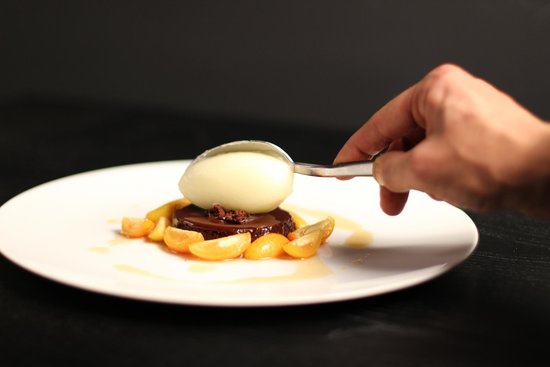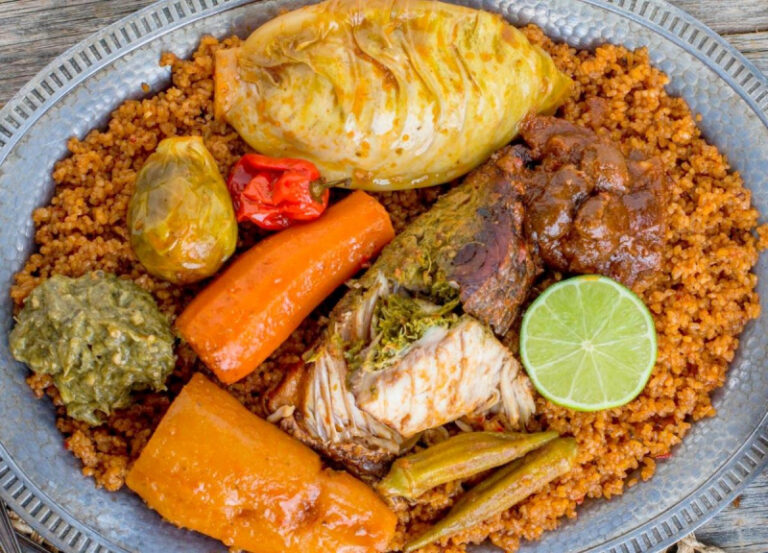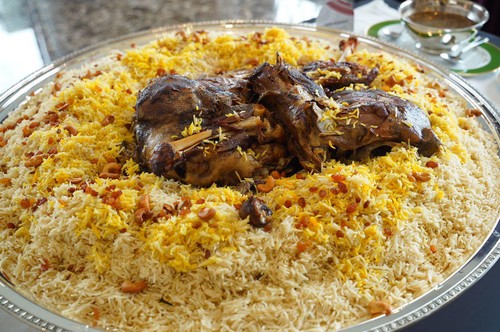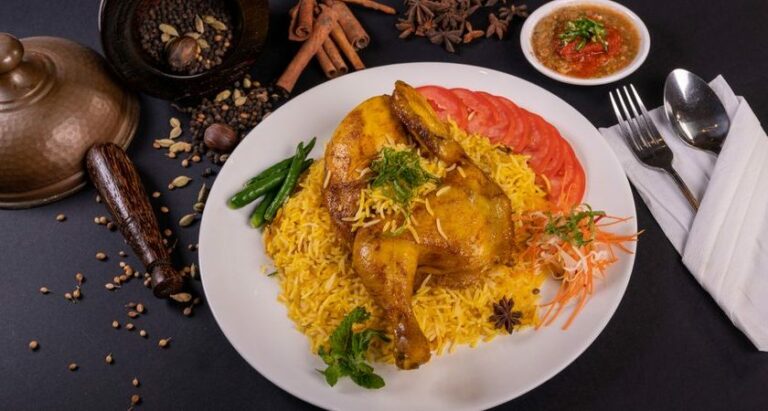Introduction: São Tomé and Príncipe Dessert Culture
São Tomé and Príncipe is a small archipelago located in the Gulf of Guinea, off the coast of Central Africa. It is a country with a rich cultural heritage, which is reflected in its cuisine. The desserts of São Tomé and Príncipe are no exception, as they are a unique blend of African, European, and Brazilian influences.
Papaya Cream: A Creamy and Luscious Delight
Papaya cream is a popular dessert in São Tomé and Príncipe, made with ripe papayas, cream, sugar, and vanilla. The papaya is mashed and blended with the cream, sugar, and vanilla to create a smooth and creamy mixture. It is then chilled for a few hours until it sets. The result is a luscious and refreshing dessert, which is perfect for hot summer days. Papaya cream is often served with a sprinkle of cinnamon on top.
Banana Bread: A Fluffy and Tasty Treat
Banana bread is another popular dessert in São Tomé and Príncipe. It is made with ripe bananas, flour, sugar, eggs, and butter. The bananas are mashed and mixed with the other ingredients to create a thick batter. The batter is then poured into a loaf pan and baked in the oven until it is golden brown. The result is a fluffy and moist bread, with a sweet and fruity flavor. Banana bread is often served as a breakfast treat or as a snack with tea or coffee.
Caramel Flan: A Classic and Elegant Dessert
Caramel flan is a classic dessert in São Tomé and Príncipe, as well as in many other countries around the world. It is made with eggs, milk, sugar, and vanilla. The ingredients are mixed together to create a custard-like mixture, which is then poured into a caramel-coated dish. The dish is then baked in the oven until the flan is set and the caramel is golden brown. The result is an elegant and creamy dessert, with a rich and sweet flavor. Caramel flan is often served with whipped cream or fresh fruit.
Bolo de Mel: A Rich and Moist Honey Cake
Bolo de Mel is a traditional honey cake from São Tomé and Príncipe. It is made with flour, sugar, eggs, honey, spices, and rum. The ingredients are mixed together to create a thick batter, which is then poured into a cake pan and baked in the oven. The result is a rich and moist cake, with a deep and complex flavor. Bolo de Mel is often served during holidays and special occasions, and it is sometimes accompanied by a glass of sweet wine.
Queijadinha: A Sweet and Savory Coconut Tart
Queijadinha is a sweet and savory coconut tart from São Tomé and Príncipe. It is made with grated coconut, sugar, eggs, and butter. The ingredients are mixed together to create a thick batter, which is then poured into small tart shells and baked in the oven. The result is a golden and crispy tart, with a sweet and savory flavor. Queijadinha is often served as a dessert or as a snack with tea or coffee. It is a perfect treat for coconut lovers.
In conclusion, the desserts of São Tomé and Príncipe are a delicious and unique blend of flavors and cultures. From creamy papaya to sweet and savory tarts, there is a dessert to satisfy every taste bud. If you ever have the chance to visit São Tomé and Príncipe, make sure to try these popular desserts and experience the country’s rich culinary heritage.










